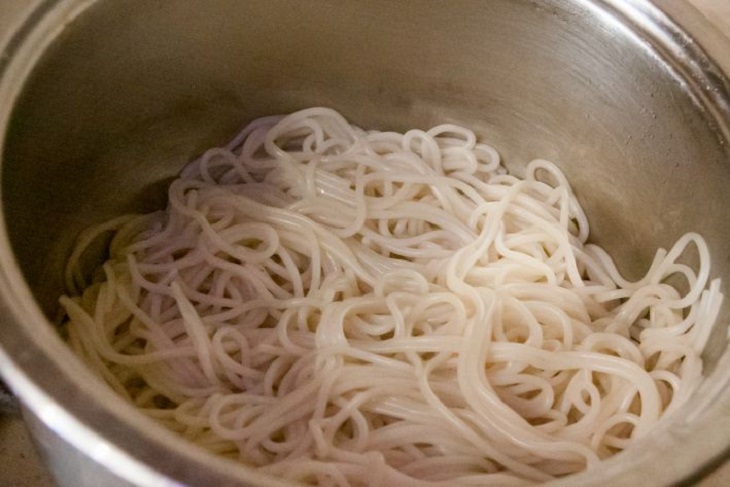There is nothing complicated about cooking pasta, but a few simple nuances will help you serve a delicious dish.
Pasta is loved all over the world not only for its taste and speed of preparation, but also for its tangible benefits.
For example, they contain complex carbohydrates, vegetable protein, vitamins B and E, magnesium, phosphorus, calcium, and potassium.

However, the taste and health benefits of pasta will only be revealed if it is cooked correctly.
How much water do you need for pasta?
The optimal volume is 1 liter of water for every 100 g of product. If you follow this simple rule, the pasta will not stick together.
How much salt do you need?
Cooks often face the problem of pasta being either oversalted or undersalted. The optimal amount of salt is 1 teaspoon (≈10 g) per 1 liter of water.
What kind of water to put pasta in
Place the pasta in boiling water. Immediately after adding it, stir it and then cover it with a lid. Wait until the pasta boils again, then remove the lid and reduce the heat. Stir it occasionally to prevent it from sticking together.
Rinse the finished pasta with not too cold water. If you break this rule, they will stick together.
